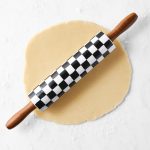Rolling pins serve a much broader purpose than simply flattening dough. While traditionally viewed as a baker’s essential tool, this unassuming kitchen item proves far more versatile when you unlock its full potential. From crushing spices to crafting handmade pasta and even acting as a stand-in for various kitchen gadgets, a rolling pin can revolutionize your cooking techniques. Let’s explore unexpected, highly practical, and downright ingenious ways to rolling pin uses in your kitchen.
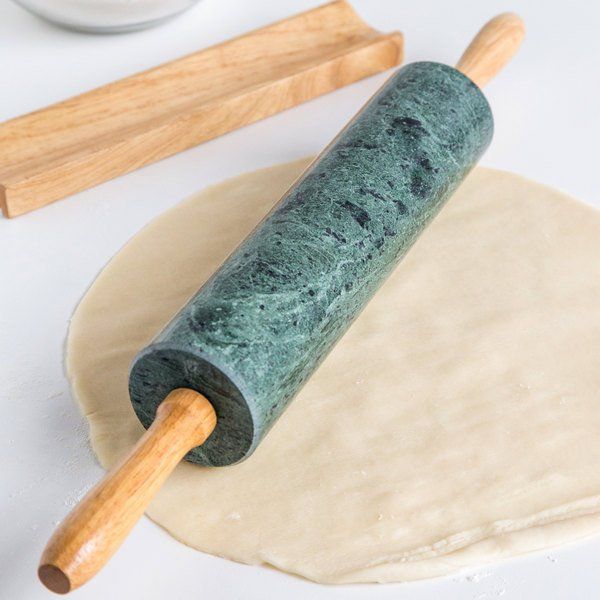
Rolling Pin for Dough Preparation Beyond the Basics
Everyone associates rolling pins with dough, but few realize the range of textures and shapes you can achieve with the right techniques. When preparing pizza dough, a rolling pin offers far more control than stretching by hand, allowing you to evenly distribute thickness for a consistent bake. You can also use it to create paper-thin pastry layers, essential for dishes like strudel, phyllo-based recipes, and mille-feuille. For cookie dough, a rolling pin enables precise thickness, which ensures even baking and consistent shape—something professional bakers never leave to chance.
Beyond precision, using a rolling pin helps manage gluten development in certain types of dough. For instance, when making pie crust, gentle, even pressure prevents overworking the dough, keeping the final product flaky instead of tough. If you’re working with enriched doughs like brioche or babka, a rolling pin helps evenly distribute butter layers or fillings, setting the stage for a perfect swirl. Even laminated dough for croissants relies heavily on rolling technique, which a quality pin can make easier.
Don’t forget shaping flatbreads like naan, roti, or tortillas. In Indian and Middle Eastern kitchens, rolling pins are indispensable for pressing dough into perfect circles that puff on contact with high heat. With practice, the rolling pin becomes an extension of your hands—giving you the control and finesse needed to execute a wide range of dough-based dishes from around the world.
Rolling Pin Uses for Crushing, Grinding, and Smashing Ingredients
Your rolling pin isn’t just for rolling—it’s also a powerful tool for smashing, crushing, and grinding ingredients. If you ever find yourself without a mortar and pestle or spice grinder, a rolling pin can easily step in. Place peppercorns, cloves, or coriander seeds between two sheets of parchment paper or inside a resealable plastic bag, and press down firmly with your rolling pin. Roll back and forth until your spices reach the desired consistency. This technique gives you complete control over texture, allowing you to create fine powders or coarser rubs.
This method isn’t limited to spices. Crush nuts like almonds, walnuts, or pecans to add texture to baked goods or salads. You can also use your rolling pin to break up graham crackers or cookies for pie crusts, cheesecakes, and other dessert bases. Just load the crackers into a zip-top bag and apply pressure. This approach is faster, quieter, and more satisfying than using a food processor—and you’ll have fewer dishes to clean.
For recipes requiring garlic paste or smashed ginger, your rolling pin can work as a makeshift pestle. Lightly smash the cloves or ginger with the side of the pin before finely mincing. It releases essential oils and aromas more effectively than chopping alone. You can even tenderize meat by gently pounding it with the pin, ensuring even cooking and better absorption of marinades.
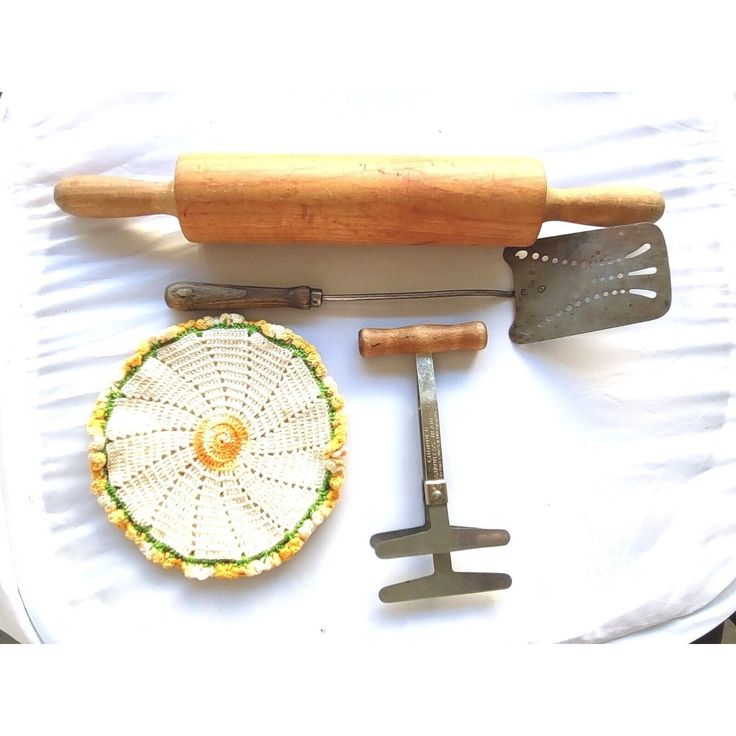
Rolling Pin Hacks for Shaping and Slicing Vegetables
You can use a rolling pin creatively when working with vegetables, particularly if you’re into plant-based cooking or like to present your food with flair. Let’s start with cabbage and leafy greens—when preparing stuffed cabbage rolls or dolmas, you need leaves that are soft and pliable. Roll over them gently with a pin to break down fibers before blanching. This technique makes the leaves easier to fold without tearing.
You can also use a rolling pin to flatten cooked potatoes before roasting. Once you’ve parboiled baby potatoes, lightly smash them with the rolling pin and roast them with olive oil and seasoning. The added surface area creates crispy edges while keeping the interior creamy. This method enhances both texture and flavor, making smashed potatoes a household favorite.
If you enjoy making sushi or decorative vegetable rolls, use your rolling pin to compress and shape ingredients evenly before slicing. You can also roll over blanched carrots or zucchini to soften them, making them easier to wrap around fillings or shape into spirals. For gardeners and seasonal cooks, this technique helps you make the most of your produce without special tools.
Rolling Pin Uses for Pasta, Dumplings, and Handcrafted Noodles
Pasta lovers know that homemade sheets yield unmatched texture and flavor. A rolling pin is the perfect tool for crafting fresh pasta without a machine. Start by rolling out the dough evenly, then fold and slice it into fettuccine, pappardelle, or tagliatelle using a sharp knife. For filled pasta like ravioli or tortellini, a rolling pin gives you the control to create uniformly thin sheets that won’t burst during boiling.
You can also make dumpling wrappers from scratch. Asian-style dumplings, gyoza, and potstickers benefit from freshly rolled wrappers, which are more flexible and flavorful than store-bought versions. Simply portion the dough, roll each ball into a thin circle, and fill with your chosen stuffing. The rolling pin ensures consistent size and thickness, helping you seal the dumplings perfectly.
If you like experimenting, try hand-cut noodles. Roll out your dough and slice it into rustic strands. Whether you go for Chinese biang biang noodles, Italian trofie, or Korean kalguksu, using a rolling pin lets you control the final shape and thickness to suit the dish. This hands-on approach connects you to global culinary traditions and enhances your understanding of texture in cooking.
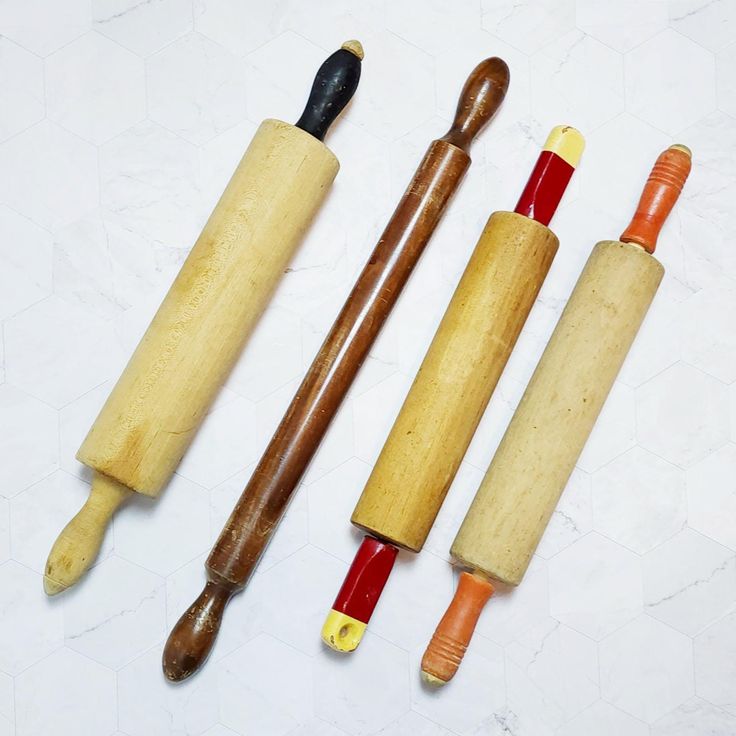
Dough Roller Uses in Candy Making and Dessert Prep
The rolling pin becomes a secret weapon in candy making and dessert prep. When working with homemade fudge, nougat, or caramel, use your rolling pin to flatten the mixture evenly before cutting. For brittle candy like toffee or pralines, break them into smaller chunks by pressing or tapping with the rolling pin—less mess than trying to snap them by hand.
If you’re into chocolate work, a chilled marble rolling pin can help temper chocolate evenly across a cool surface. For fondant and gum paste, a rolling pin is essential to achieve a thin, smooth layer perfect for decorating cakes. It lets you shape, stretch, and detail intricate components without tearing the sugar paste.
You can also use your rolling pin to press cereal treats into pans or shape energy bars by hand. Even dessert crusts benefit from the rolling pin’s weight and control, especially when you’re working with sticky or oily ingredients like crushed pretzels or nut-based crusts. In short, dessert enthusiasts should never overlook this tool—it offers both precision and power for delicate creations.
Rolling Pin Uses Outside the Kitchen for Quick Fixes
Believe it or not, rolling pins also come in handy outside the culinary realm. Crafters use rolling pins to flatten clay, press stamps, and shape dough-based art projects. If you work with salt dough or modeling clay, a rolling pin helps create a smooth surface. It gives a more even finish than using your hands. For home repairs, you can use it to roll out wallpaper seams or press down contact paper. It also applies steady pressure to glued joints while they dry.
Some DIYers have used rolling pins to apply pressure when adhering laminates or vinyl to surfaces. It distributes weight better than a hand press and reaches tight corners easily. You can even use a rolling pin to fix small creases in rugs or carpets. Place a towel over the wrinkle, then roll over it with moderate pressure—the heat and pressure can smooth it out.
Don’t underestimate its usefulness in emergencies either. If you sprain your ankle and lack an ice pack, a frozen rolling pin can double as a cold compress. Some physical therapists even suggest rolling sore muscles over a smooth wooden pin to alleviate tension. While it’s no replacement for professional tools, it’s a surprisingly effective stopgap solution.
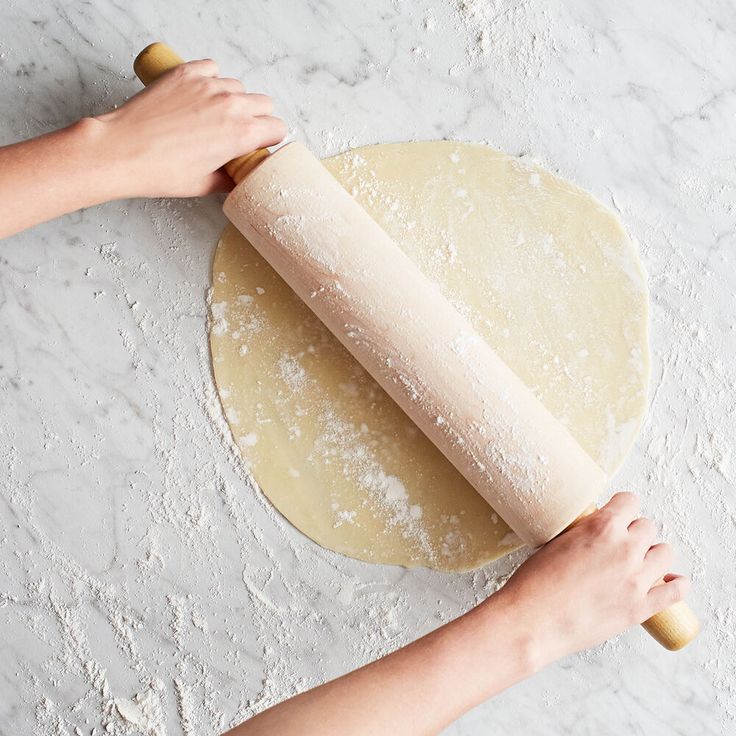
Choosing the Right Dough Roller for Multifunctional Use
Not all rolling pins are created equal, and understanding the various rolling pin uses starts with choosing the right type. Each design serves different culinary functions, and selecting the appropriate one can significantly improve your efficiency in the kitchen. A classic wooden rolling pin with handles offers excellent grip and control, making it ideal for general baking tasks such as rolling out cookie or pie dough.
Marble rolling pins are heavier and stay cool longer, which makes them perfect for working with butter-rich doughs or chocolate. Silicone-coated pins prevent sticking and are easy to clean—ideal for working with sugar, candy, or oily crusts. Adjustable rolling pins with removable rings let you control the thickness of your dough precisely, making them great for cookies or pasta sheets.
Some chefs keep multiple pins for different tasks: one for sweet, one for savory, and one exclusively for crushing or pounding. Choosing a high-quality rolling pin tailored to your primary uses maximizes your efficiency and improves results. The material, weight, and length all matter depending on how and where you use the pin.
Rolling Pin Maintenance and Storage Tips for Long-Term Performance
If you want your rolling pin to serve you well for years, maintenance is key. Always clean your rolling pin after each use. For wooden pins, avoid soaking in water—wipe clean with a damp cloth and let it dry completely. Occasionally rub food-safe mineral oil on wooden pins to prevent cracking or warping.
Store your rolling pin in a dry place, preferably in a drawer or on a hanging rack. Avoid extreme heat or moisture, especially if you use a wooden or marble pin. Silicone pins are dishwasher safe, but it’s still a good idea to check for food residue in corners or grooves.
If you use your rolling pin for crushing spices or pounding meat, designate a specific pin for those tasks. Cross-contamination can affect flavor, especially when moving between savory and sweet applications. Investing in quality and maintaining care routines ensures your rolling pin remains one of the most dependable and versatile tools in your kitchen arsenal.
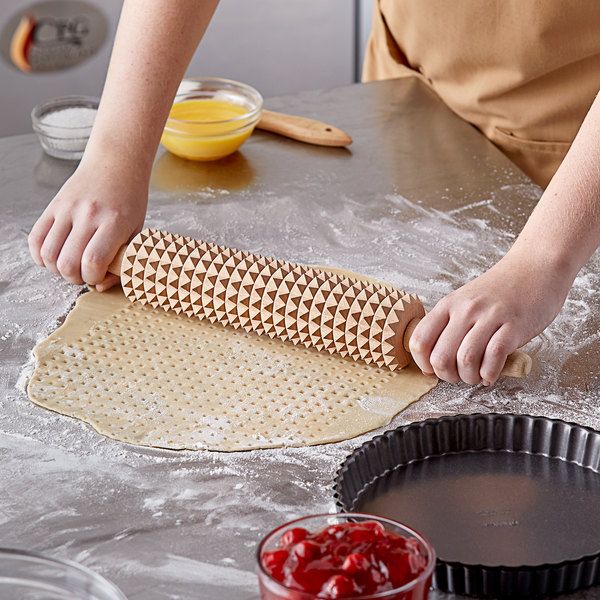
Conclusion
A rolling pin might appear basic at first glance, but it carries a surprising range of creative and practical applications. When you explore the many rolling pin uses, you quickly realize this tool offers far more than dough-flattening. Whether you’re making pasta from scratch, crushing herbs, crafting desserts, or even smoothing out wallpaper seams, the humble rolling pin consistently delivers impressive results. From baking precision to multi-tasking in food prep, these rolling pin uses prove essential in both professional and home kitchens. Incorporate these clever rolling pin hacks into your culinary routine, and you’ll discover it does more than just roll dough—it transforms the way you cook and work in your kitchen.

